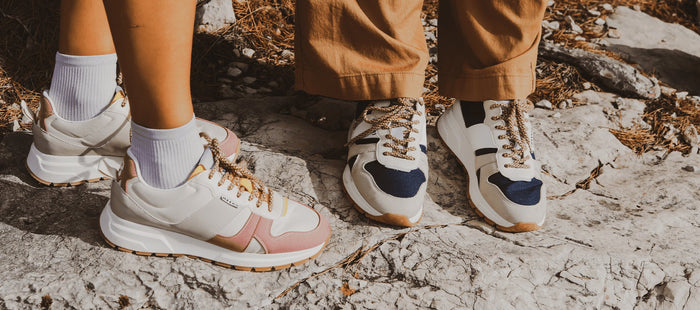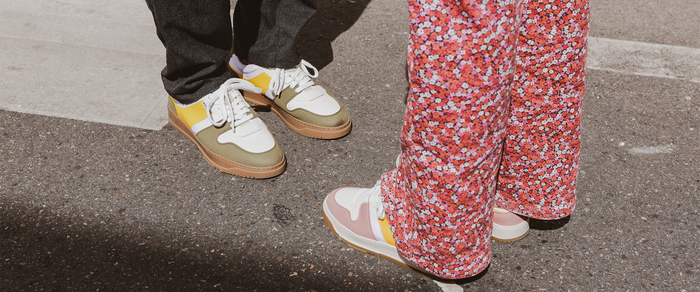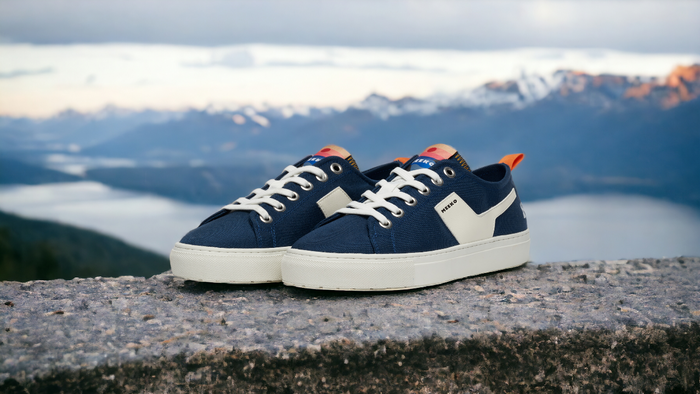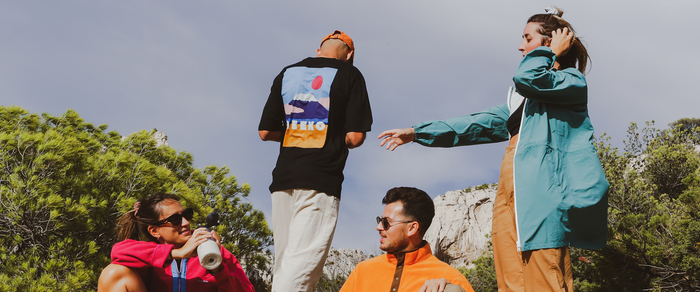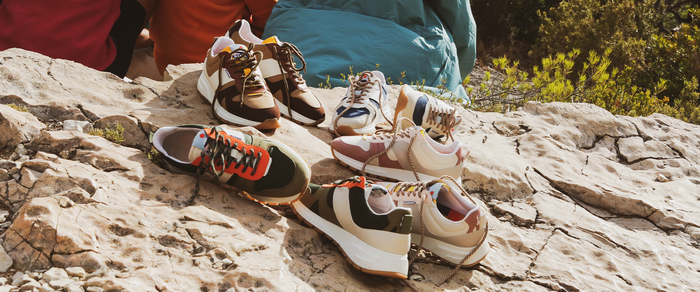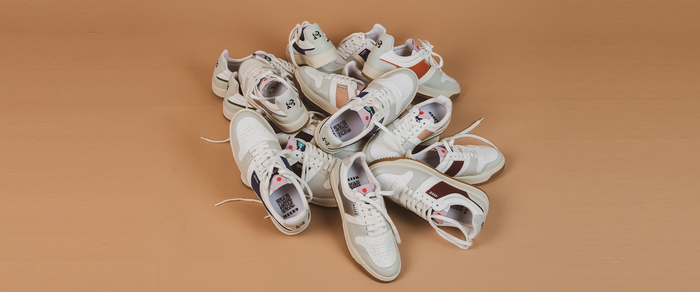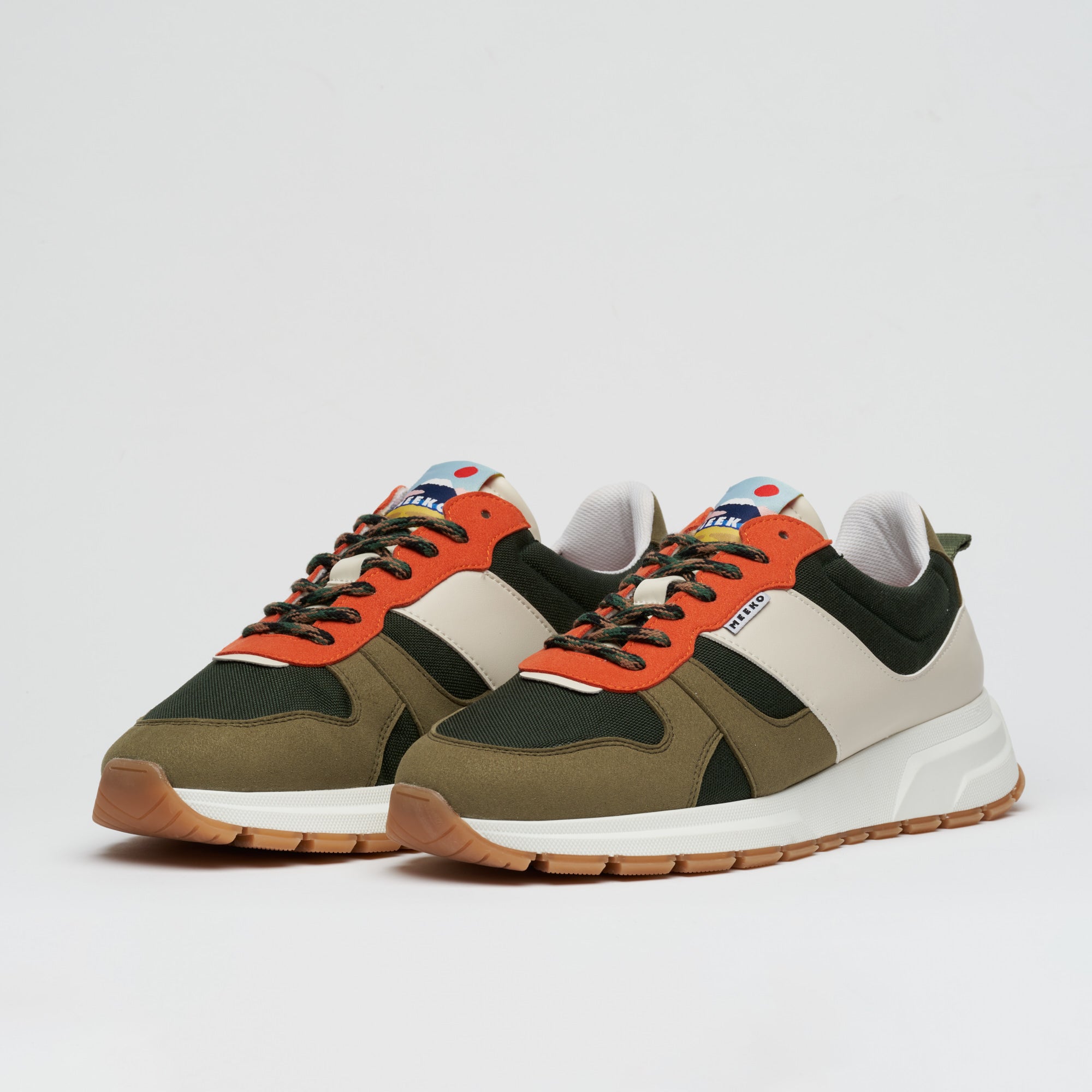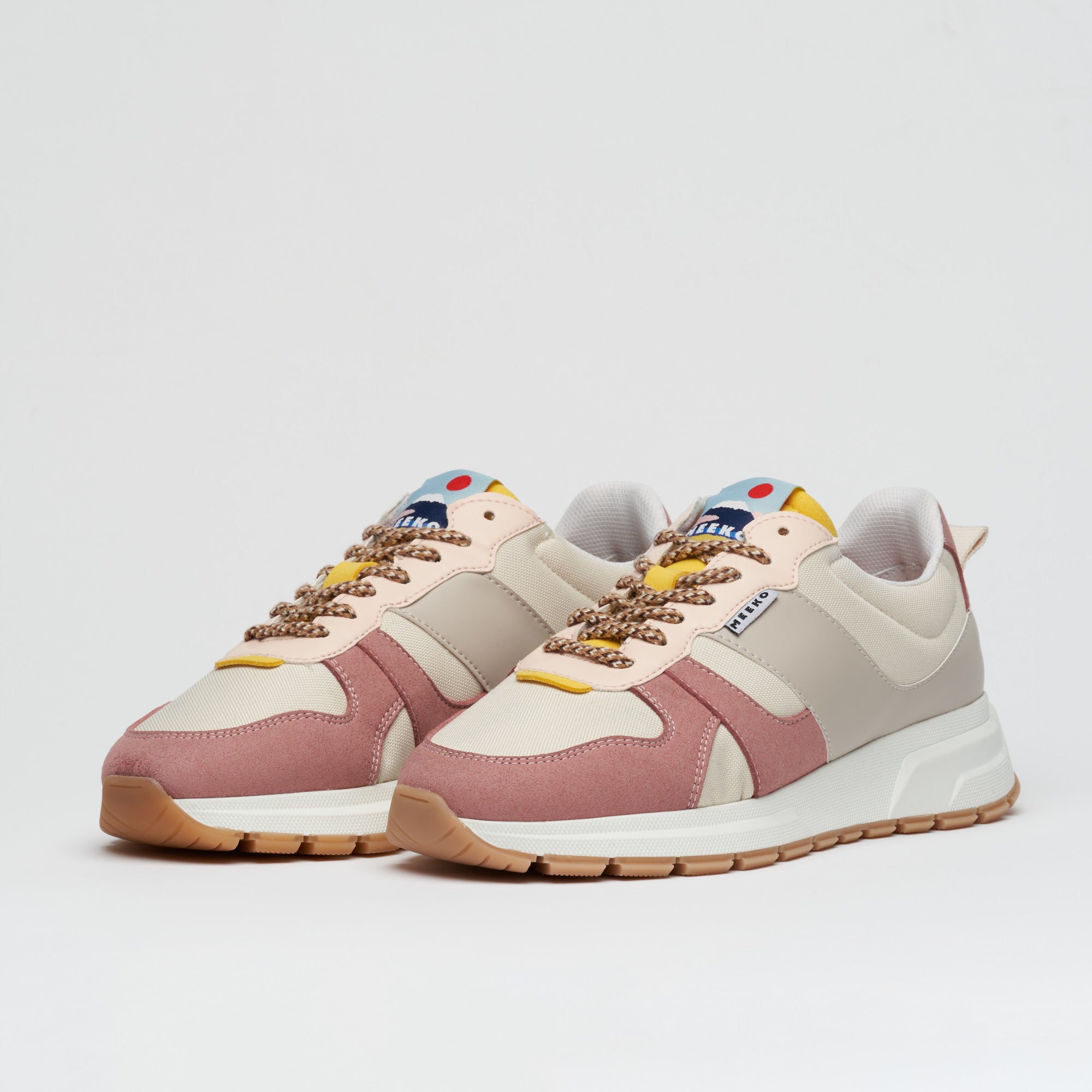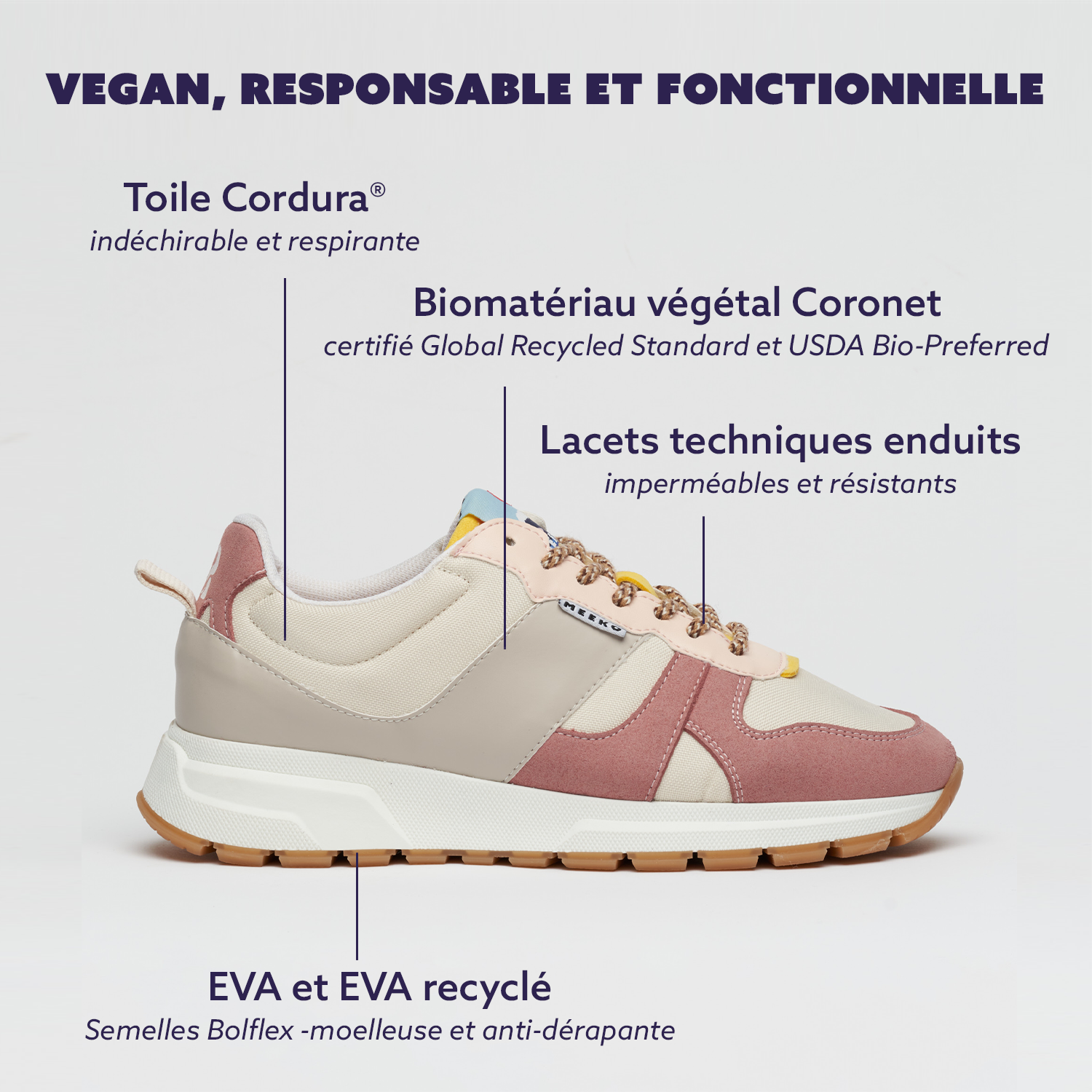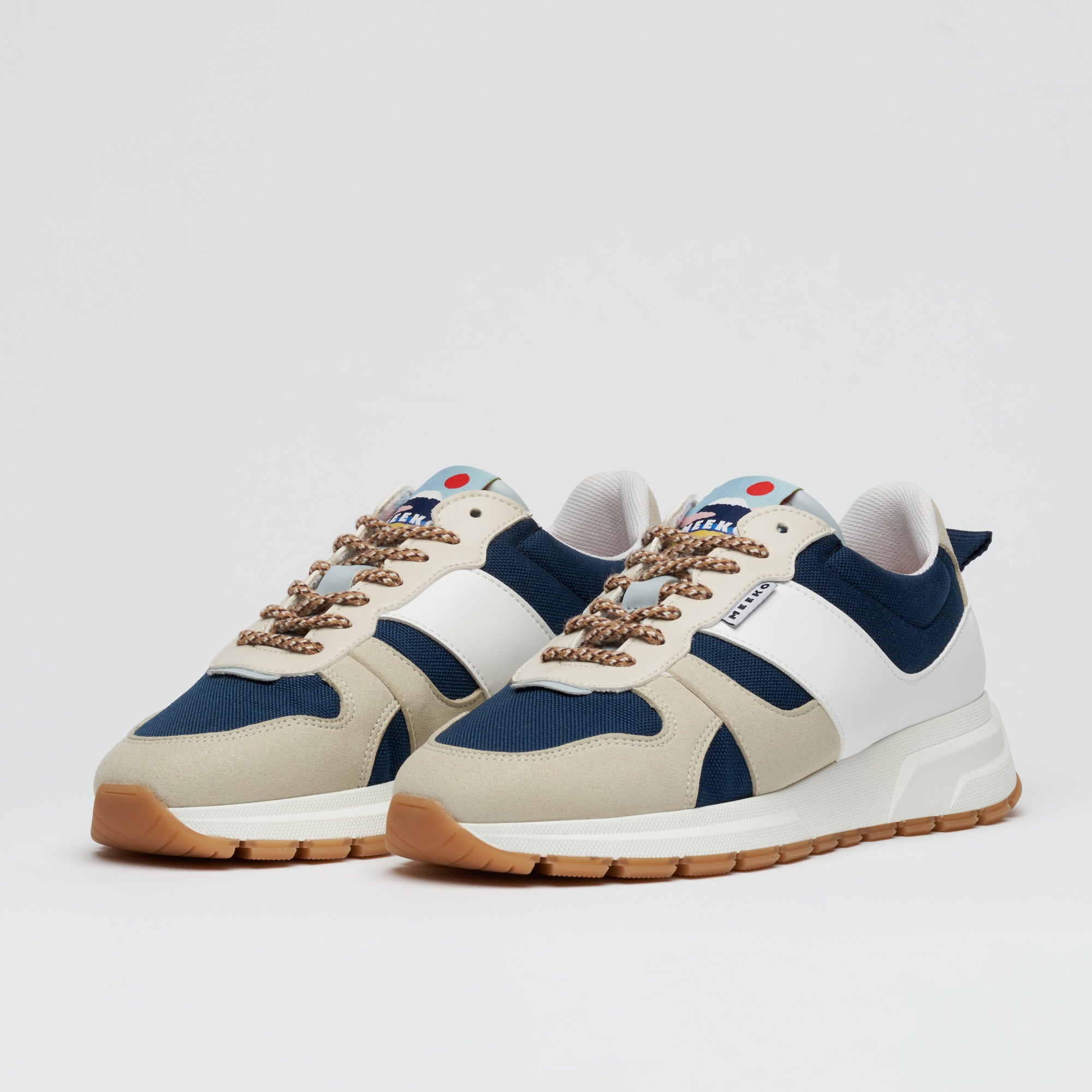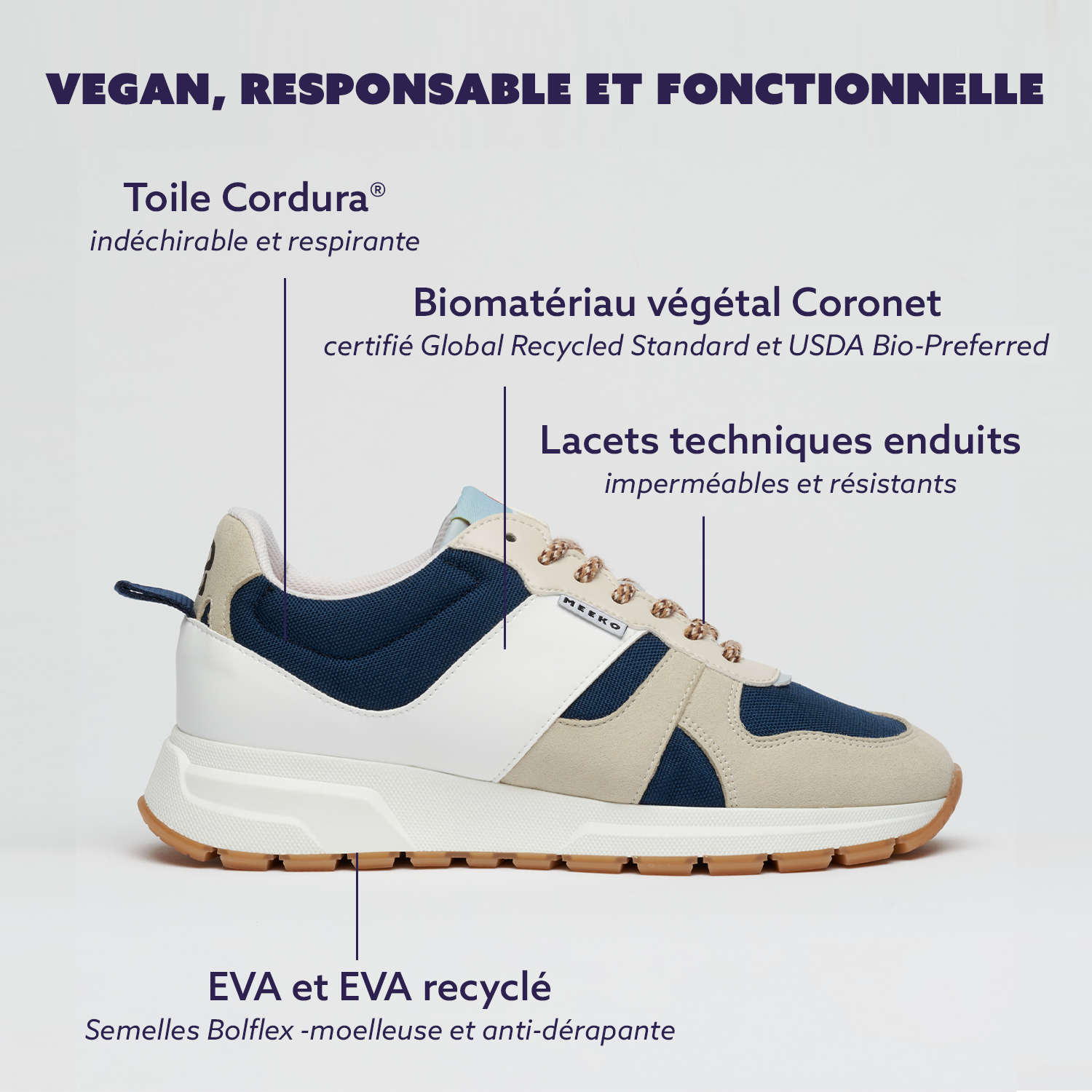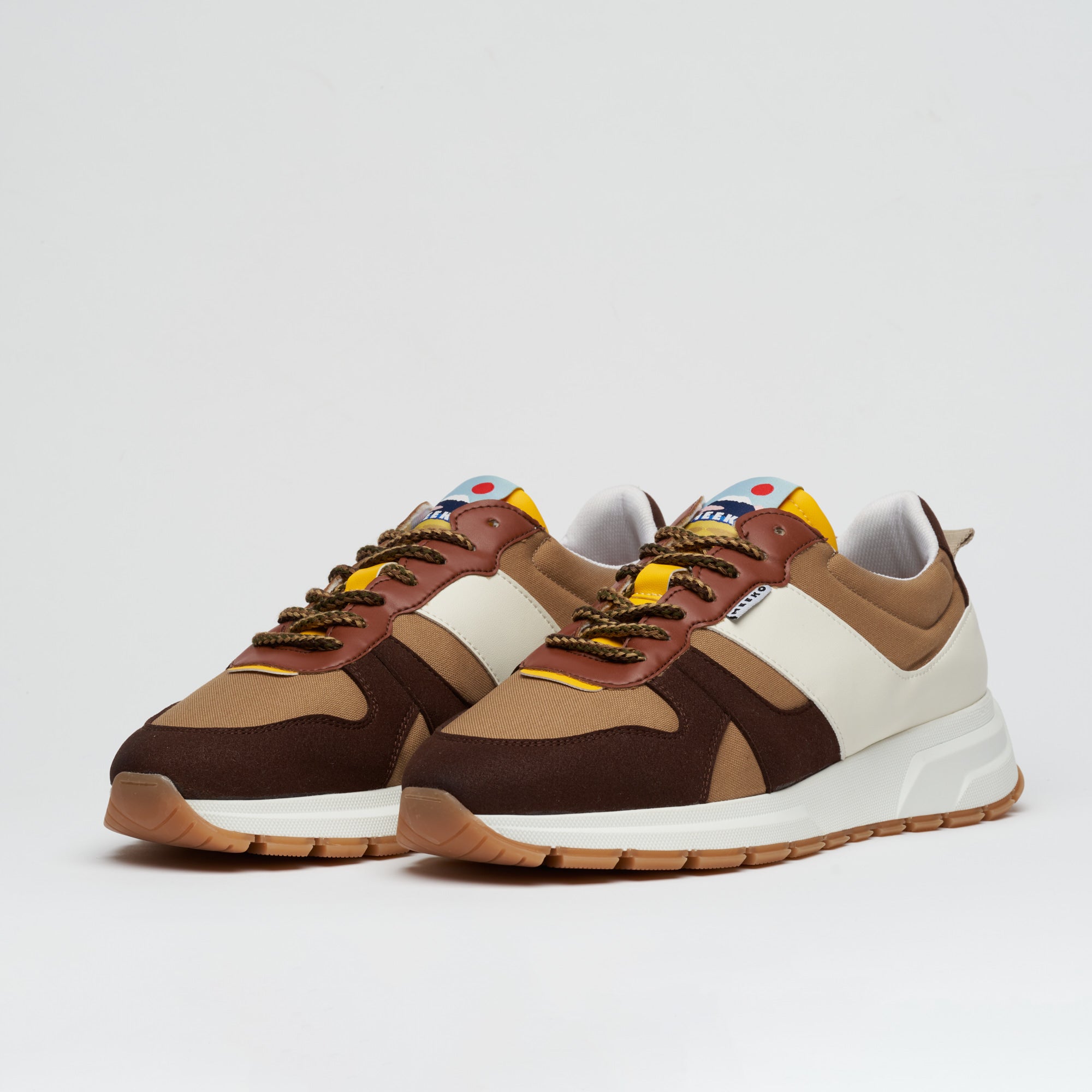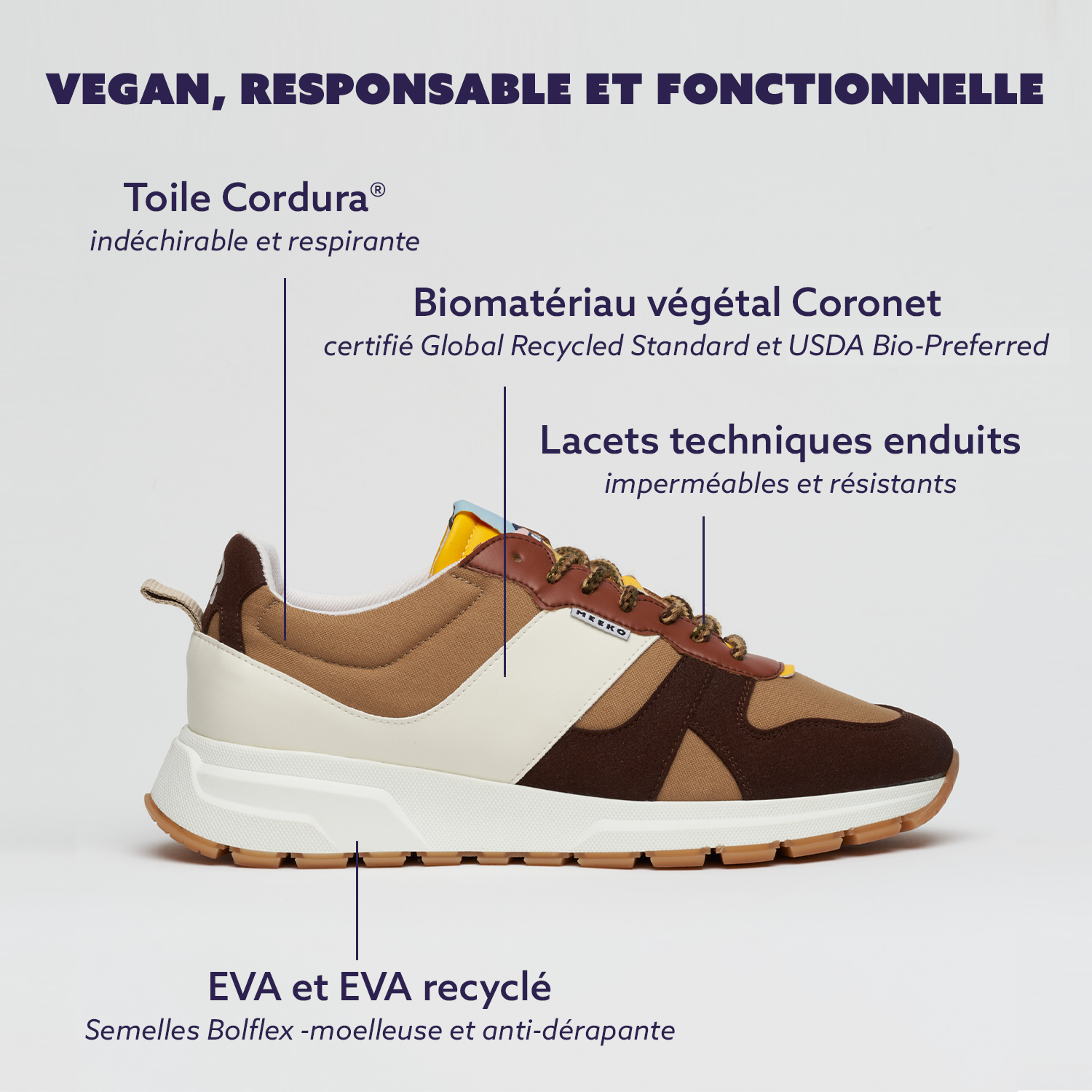The second hand, is it really sustainable?
As part of an approach that primarily aims to reduce the environmental impact of the fashion industry, the sale of second-hand clothing is attracting more and more consumers around the world. According to followers of this mode of consumption, reselling clothes gives them a second life and thus reduces waste and overconsumption caused by the textile industry and fast fashion. Thus, clothes from big brands and the rarest pieces are becoming more and more popular in thrift stores. If consumers see a potential for saving money and good deals, experts are wondering about the environmental impact of this new trend.
Fast fashion and the second hand: a relationship of cause and effect
Thrift stores and second-hand apps like Vinted are real goldmines for those looking for rare, quality pieces. They may contain second-hand clothes at low prices, but also items from major brands in limited editions. Reason why these specialized stores and applications are on the rise at the moment.

However, since the arrival of fast fashion, driven by the relocation of industries in the field of textiles in the 80s, second-hand items are no longer of high quality. This economic measure taken by the major brands has made it possible to increase production at lower costs since labor is more accessible. This is how different brands of clothing are born and these are no longer designed to be durable, but to generate the least possible production costs. Synthetic raw materials are preferred to the detriment of natural or artificial fibers.
Today, fast fashion underwear, shirts, trousers, t-shirts and even jeans are flooding the European consumer's wardrobe. And when he no longer needs them, these pieces go to thrift stores.
The origin of thrift store items: collection terminals and consumer dressing rooms
Each year, in France, 39% of TCL (textiles, linens, shoes) are deposited in collection terminals. Among this percentage, 56.5% will join the reuse circuit against 43.1% who will go to recycling and energy recovery and 0.4% who can no longer be recovered. This therefore makes it possible to deduce that the sale of second-hand clothing comes mainly from consumers' dressing rooms.
The clothes are then sorted and then put back on the market in thrift store bales according to their brand and their general condition. Second-hand clothing is categorized into three types of items:
- The first choices: the most qualitative and reusable parts are collected to be put back on the Western market.
- The second choices: these are good quality pieces that will be intended for the African second-hand market.
- The third choices: these are clothes that are no longer in good condition and will be sent to sub-Saharan Africa, India, Pakistan to be transformed into thermal insulation, for example.
So far, the initiative of Western countries to reduce their impact on the environment with regard to the consumption of the textile world is quite remarkable. But well beyond this sorting, the rest of the clothes that are considered textile waste are dumped in African countries. These remain in landfills to form mountains of clothing that only further pollute the environment already marked by the harmful effects of overproduction. Others are incinerated, which isn't quite the best way to reduce waste.
A change in consumer behavior causing the poor image of the second hand
Buying second-hand clothes allows everyone to consume more responsibly. While contributing to the reduction of textile waste, used clothes allow you to give new life to the clothes you buy. You also have the option of selling a garment that you no longer use to unclog your closet and save you money.
Although this mode of sustainable consumption makes it possible to limit waste, the second-hand market has an influence on the behavior of followers of this trend. Indeed, the latter are sometimes tempted to resell their clothes to increase their purchasing power and buy new ones. This only contributes to the growth of fast fashion since the money saved will feed the production of industries.
The emergence of applications dedicated to the second hand also has an impact on the reverse of this trend. By extolling the merits of a mode of consumption that is more respectful of the environment, these applications encourage customers to buy more and more, even if the garment does not ultimately suit them. However, even if this trend makes it possible to adopt an environmentally friendly behavior, the traffic caused by the return of articles produces as many greenhouse gases as for the delivery of a new parcel.

The limits of the second hand
Highlighting the other side of the coin concerning the second-hand market therefore makes it possible to deduce that this area also has some limits. Indeed, the second hand is only sustainable if consumers adopt a more respectful behavior in their purchases. It is better to opt for durable and ecological parts in order to limit the environmental impact and the energy consumption that a purchase will generate.
For example, it is possible to favor ethical fashion through a responsible ready-to-wear brand that uses recycled and ecological materials. You can also find out about the company that manufactures and markets the items you wish to purchase. If, for example, it implements measures to limit energy consumption or if it contributes to improving the environment surrounding its factories or production workshops.
As the second hand promotes the circular economy, it will also be necessary to undertake a process of sobriety with regard to the sale and purchase of items in order to reduce the traffic linked to deliveries. This allows, among other things, to considerably reduce the emission of greenhouse gases generated by this market. And for a more advanced approach, it is best to favor upcycling or recycling. You can also evaluate the quality of the clothes, shoes and accessories that you put on sale on second-hand applications so as not to fall into the resale of fast fashion.
